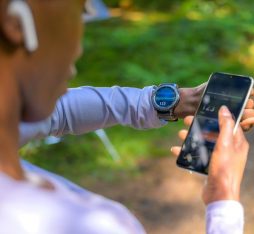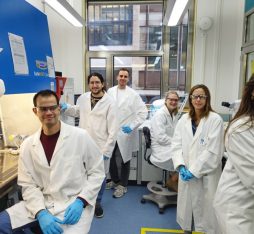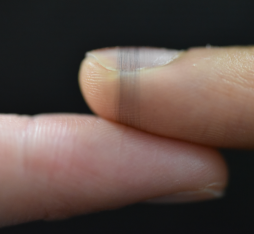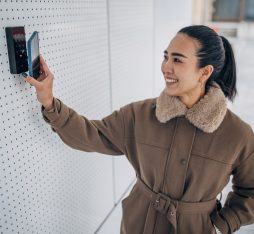Almost unimaginable a few years ago, connected car payments are becoming a reality, offering players in this emerging market great opportunities. Car manufacturers, vertical service providers, telecoms carriers and payment solution stakeholders have all been working on these solutions for the past few years to establish themselves within this sphere. So far, current demonstrators are limited to app marketplaces, meaning the user has to install multiple apps and create several accounts. Orange is taking a different approach.
Above and Beyond Current Innovations
Determined to play a key role in this up-and-coming market, Orange’s Research and Innovation teams and the Orange Business Services teams are developing an open solution in collaboration with Worldline, a major payment solutions player: “There are several ways to implement a payment function and interactivity in connected vehicles,” said Emmanuel Le Huérou, Mobile Banking and Conversational Commerce, Research Program Manager. “Our approach is open and interoperable, making the most of the strengths of telecoms carriers while enabling car manufacturers and service providers to improve their products and services.” The approach employs a rich messaging system on smartphones and on cars’ user interfaces, such as the touch screen and voice control. It uses telecoms carriers’ services, such as rich business messaging and hyperlocal geolocation, as well as Worldline’s innovative in-vehicle digital wallet. This unique approach gets rid of the need to install multiple apps.
Revolutionizing How Vehicles and Service Providers Interact
At the Orange Research and Innovation Exhibition, visitors will be able to try out this new concept themselves by simulating being a driver arriving in a parking lot. “The parking lot will appear on your car’s on-screen map and, with just one click, you’ll be connected to the service provider (in this case, the parking operator) via a chatbot that communicates using rich messaging. The chatbot will tell you the different hourly rates and the booking duration. You can then select what you want, pay via the in-car biometrically secured wallet and the parking ticket will come directly to the car’s interface. Along with the decision to make good use of the vehicle’s screen, we also capitalized on smartphones’ complementary features, meaning you can get notifications on your phone about your parking.”
Focusing on Interoperability
This demonstration follows a study carried out by a digital and technology working group established by the Banque de France. This study focused on how connected objects (IoT) will impact the way we make payments in the future. “Cars were one of the first IoT ecosystems involved in the study and we soon decided to work collaboratively on a prototype payment method within connected vehicles.” A first demonstrator is being presented at the Innovation and Research Exhibition. The stakes are high for Orange. This opportunity involves gathering feedback from service providers and stakeholders within the automotive world and demonstrating that there is an alternative to in-vehicle applications. “Everyone wants their own solution but we want this to be open. We’re not trying to establish an exclusive transaction solution, instead we want to create an open, Europewide approach that will facilitate interaction between vehicles and infrastructure. We need to convince car and equipment manufacturers not to work separately and not to multiply standards.”
Going Further with 5G
This service could be used in vehicles as early as 2025. The key aspect of this innovation is that it would produce considerable advantages for future mobility, such as making it easier to combine different services and means of transport (bicycles, vehicles, parking lots, etc.). “By using vehicle and smartphone screens, we will be able to make mobility services easier. These innovations are at the heart of the smart mobility agenda.” Orange is already thinking of further developing the prototype, including by using geolocation and automatic triggering of interactions. “Currently, the GPS is not accurate enough to trigger the right events in the right places.” Emmanuel Le Huérou explained, “However, 5G will provide more accuracy and security, meaning that it could even identify the lane you are using in real time!”








